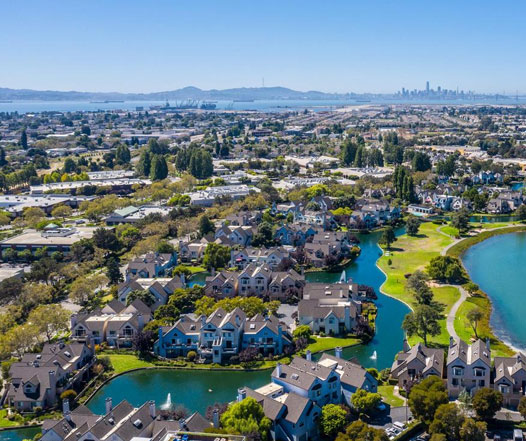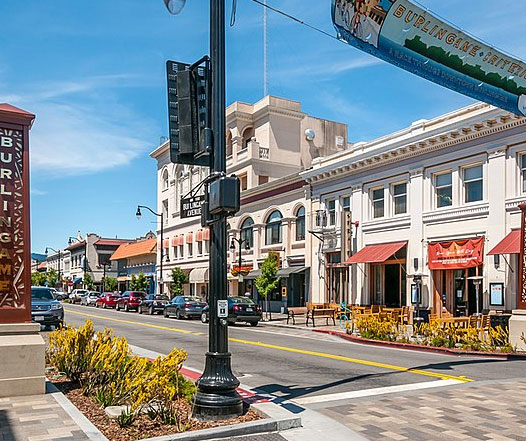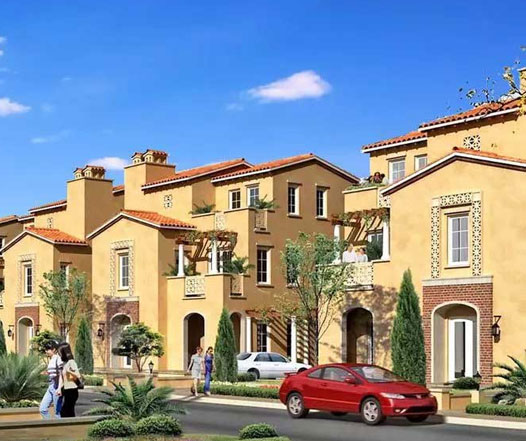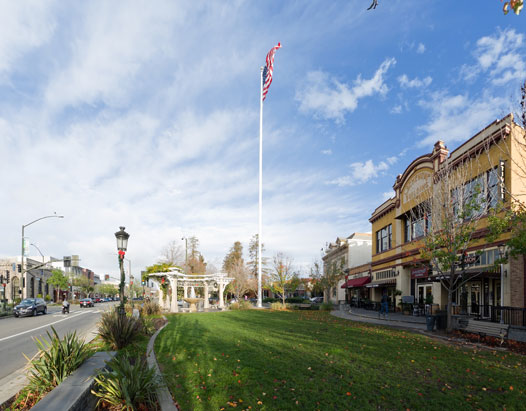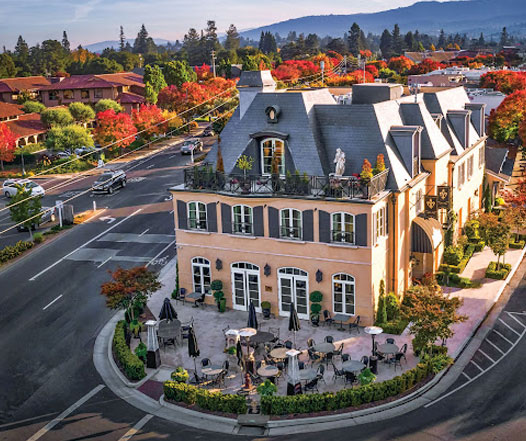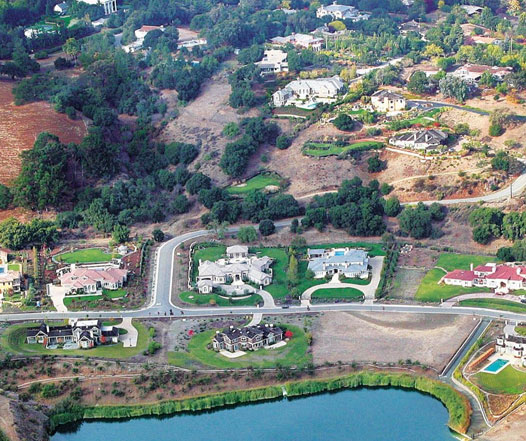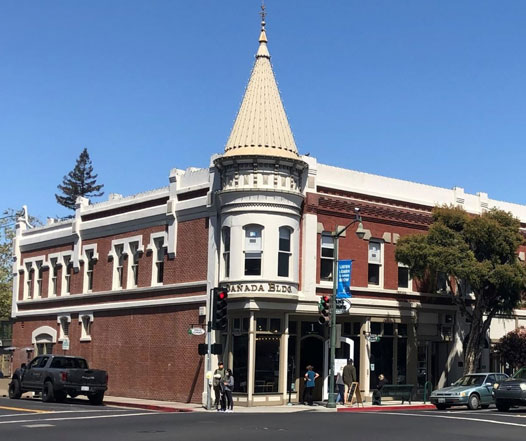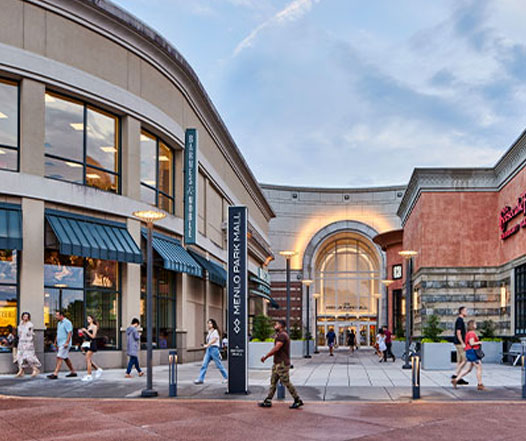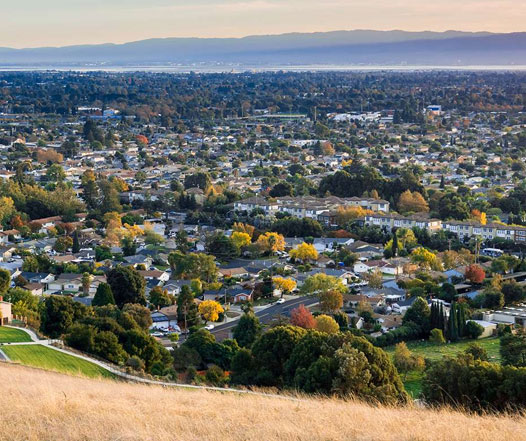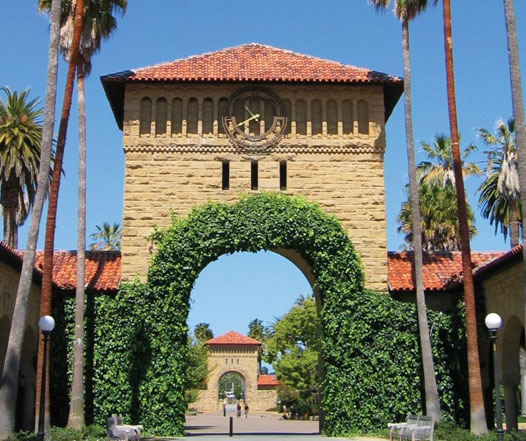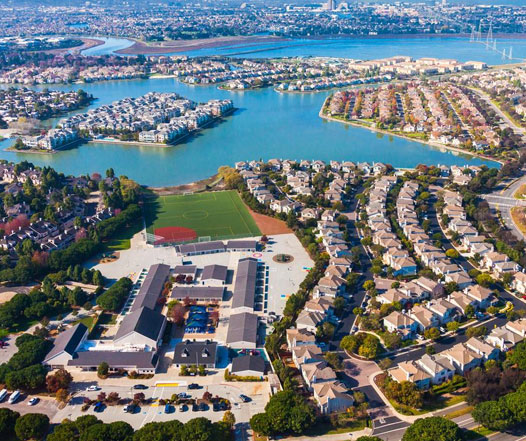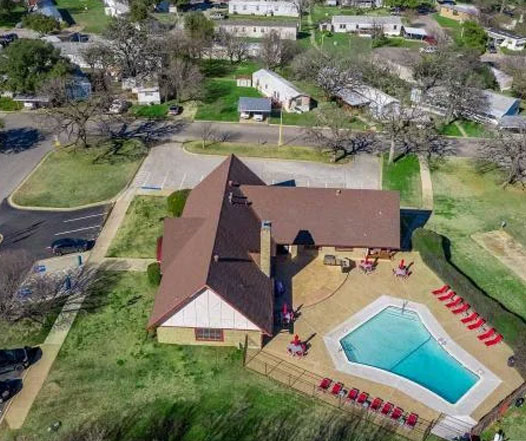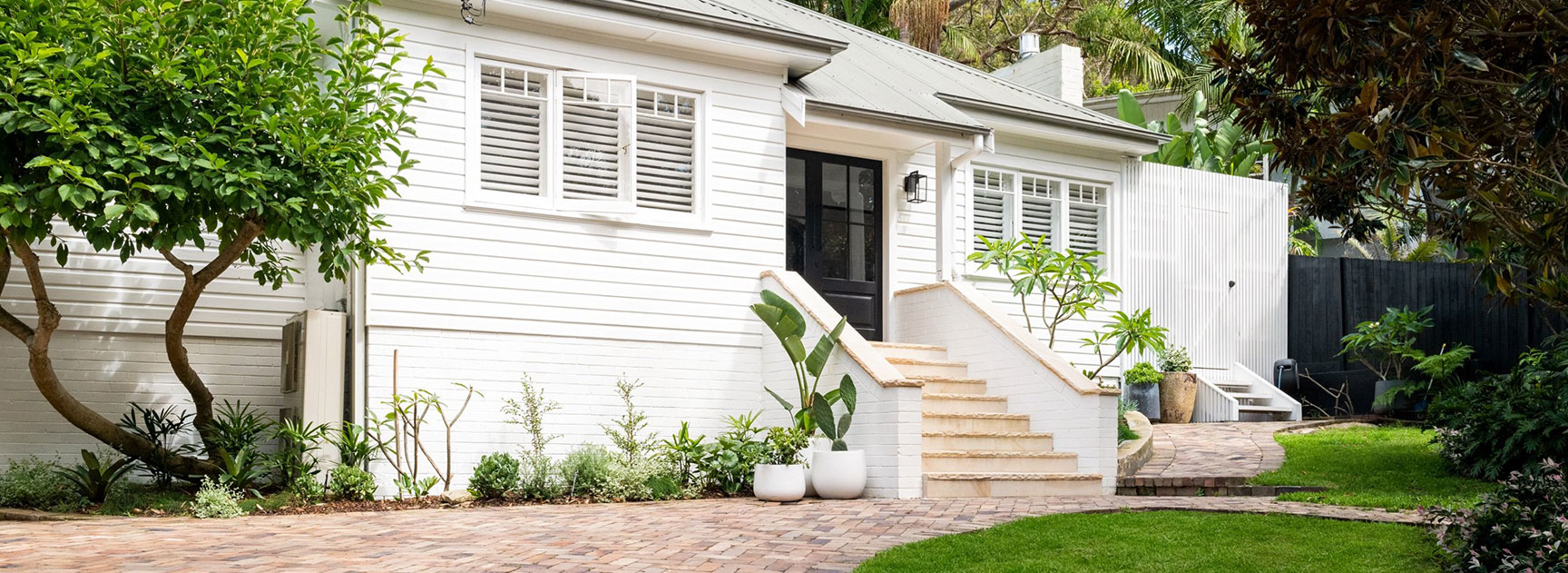
Things to Know Before Planning Your Home Addition Project
Home additions in San Bruno provide an excellent solution for growing families or those needing more space without moving. A home addition allows you to create a more functional living area tailored to your specific needs. Whether you’re thinking of adding an extra bedroom, a larger kitchen, or a cozy living room, home additions can significantly enhance your living experience and boost the overall value of your property. This can be especially beneficial in a vibrant community like San Bruno, where space can sometimes be limited, and maximizing your current home’s potential is a smart move.
Know About the Permissible Limits
Maximum Addition Size
Home additions can be up to 40% of the original house size, allowing for significant expansion while keeping within regulatory limits.
Height Restrictions
The height limit for additions is 25 feet, ensuring that new structures blend seamlessly with existing neighborhood aesthetics.
Setback Requirements
Additions must be set back at least 15 feet from the front property line to maintain a uniform street appearance.
Floor Area Ratio (FAR):
The FAR should not exceed 0.5 for home additions, balancing building size with lot area for optimal use.
Permitting Process Timeline
Standard
The standard permitting process typically takes 6-8 weeks, allowing time for thorough review and compliance checks.
Historic Property
For historic properties, the process may extend to 12 weeks, given the additional scrutiny to preserve historical integrity.
Crucial Zoning Regulations in San Bruno
Zoning regulations ensure that home additions are safe and comply with local standards, maintaining the character and quality of neighborhoods.
What are the Other Limitations and Rules to be Aware Of?
| Zoning District | Maximum Addition Size | Notes |
| Single-Family | 40% of original size | Must comply with setback rules |
| Multi-Family | 30% of original size | Additional parking may be required |
| Mixed-Use | 35% of original size | Integration with commercial areas |
Height Limitations
- Single-family zones: Maximum height is 25 feet for additions, ensuring compatibility with surrounding homes.
- Multi-family zones: Additions can go up to 35 feet in height, accommodating higher density living.
Building Coverage Rules
Building coverage cannot exceed 50% of the lot area, allowing for sufficient open space and landscaping.
Location Requirements
- Front additions: Must be set back at least 15 feet from the front property line to maintain street uniformity.
- Side additions: Side additions require a minimum 5-foot setback from the side property lines to ensure space between structures.
- Rear additions: Rear additions should be at least 20 feet from the property line to provide adequate backyard space.
Requirements for Exterior Design
Exterior design must match the original house style to maintain neighborhood cohesion and aesthetics.
What are the Parking Requirements?
Home additions may require additional parking spaces depending on the size of the addition and the zoning district regulations.
Guidelines for Obtaining Permits for Home Additions in San Bruno
Permits ensure your home addition is safe and complies with local building codes, protecting both residents and the community.
| Permit Type | Description | Estimated Fee |
| Building Permit | Authorization to build the addition | $500 - $1,500 |
| Plan Check Fee | Review of plans for compliance | $200 - $800 |
| Electrical Permit | Approval for electrical work | $100 - $300 |
| Plumbing Permit | Approval for plumbing work | $100 - $300 |
| Mechanical Permit | Approval for HVAC installations | $100 - $300 |
| Planning Review | Assessment of the addition's design | $200 - $600 |
| School Impact Fee | Fee for the impact on local schools | $300 - $1,000 |
Understanding the Compliance Requirements for Your Property in San Bruno
Compliance with local regulations is essential for any home addition project, ensuring the safety and compatibility of new structures.
Parking
Ensure additional parking spaces are provided as required by the zoning district.
Setbacks
Maintain required distances from property lines to avoid encroachment and ensure privacy.
Open Space and Yards
Preserve minimum open space and yard areas to comply with local regulations and provide a balanced living environment.
Eligible Properties for Home Additions
To determine if your property qualifies for a home addition, check local zoning and property designations for specific guidelines and allowances.
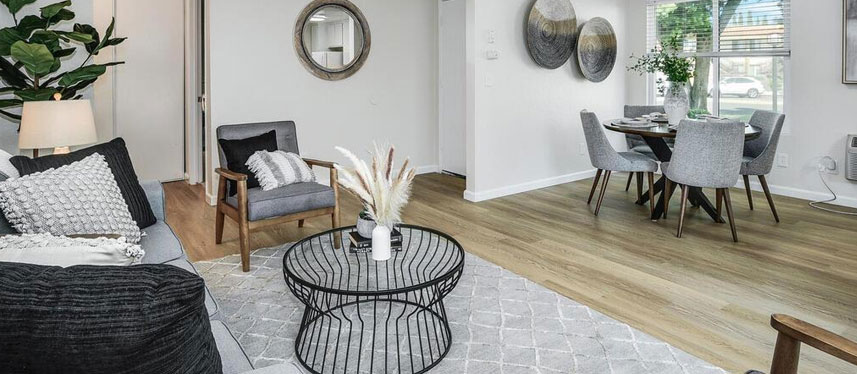
Other General Plan Designations That May Allow Home Additions
- Low-Density Residential: Typically allows smaller home additions, focusing on maintaining a low-density living environment.
- Medium-Density Residential: Permits moderate-sized additions, balancing increased living space with neighborhood density.
- Mixed-Use: Can accommodate larger additions if integrated with commercial uses, promoting a blend of residential and commercial spaces.
Development standards
Single-family Homes
Additions up to 40% of the original size are allowed, ensuring ample space while maintaining neighborhood character.
Multi-family Properties
Additions should not exceed 30% of the original structure, providing additional living space without overcrowding.
Historic Properties
Require special review and approval for any additions to preserve the historical integrity and appearance.
Additional Requirements for Different Property Designations in San Bruno
- Flood Zones: Home Additions must comply with flood safety regulations, ensuring the structure is resilient to potential flooding.
- Liquefaction Zones: Ensure structural safety in areas prone to liquefaction, adhering to building standards that mitigate risks.
- Historic Districts: Additions must preserve the historic character of the area, with designs that complement existing historical structures.
- Coastal Zone: Comply with coastal development regulations for any additions, protecting the coastal environment and adhering to special construction standards.
Summary
Home additions in San Bruno offer a practical solution for increasing living space and enhancing your home’s functionality. Following local guidelines and obtaining the necessary permits will ensure your addition project is successful and compliant with regulations, ultimately providing a more comfortable and valuable living environment.
FAQs
Popular additions include extra bedrooms, larger kitchens, and expanded living rooms. These additions help accommodate growing families and provide more functional space.
Yes, you can add a second story to your home. However, you must comply with height restrictions, which are typically limited to 25 feet, and obtain the necessary permits from the local authorities.
Yes, all home additions, regardless of size, require a permit. This ensures that the addition meets safety standards and complies with local building codes, protecting both the homeowner and the community.
You can find out if your property is in a historic district by checking with the local planning department. They can provide information on historical designations and any specific regulations that may apply to your property.
Benefits of a home addition include increased living space, improved functionality, and higher property value. It allows you to customize your home to better meet your needs without the hassle of moving.
Yes, a home office can be added to your home. This is a common addition that can increase productivity and provide a dedicated workspace within the comfort of your home. Ensure you follow local building codes and obtain the necessary permits.
Yes, there are restrictions on adding a garage. Garages must comply with setback and coverage rules, ensuring they do not encroach on neighboring properties and maintain a balanced use of the lot.
The timeline for obtaining a permit varies but generally takes 6-8 weeks for standard properties. This allows for thorough review and approval of plans to ensure compliance with local regulations.
Yes, you can often live in your home during the construction of an addition. However, this depends on the extent of the construction work. Discuss this with your contractor to understand how the construction will impact your living conditions.
While not always required, hiring an architect is highly recommended. An architect can help ensure that the addition meets all design and code requirements, providing professional expertise and helping to navigate the permitting process.
The FAR should not exceed 0.5 for home additions in San Bruno. This means the total floor area of the addition and existing structures should not be more than 50% of the lot area.
Yes, converting an attic into a living space is allowed. This is a great way to utilize existing space within your home. You will need to obtain the necessary permits and ensure the conversion meets building codes.
Yes, additions in flood zones must meet specific safety and construction standards. This includes ensuring the structure is resilient to flooding and complies with local floodplain management regulations.
Contact the local planning department or check the city’s zoning maps to find out your property’s zoning district. This information will help you understand what types of additions are permitted on your property.
Yes, there are. When submitting plans for a home addition, you need to make sure that they are clear, complete, and drawn to scale. Plans should be a minimum of 11” x 17” and, for larger projects, 24” x 36”.
Make sure that your drawings must include a title block with the job address, owner’s name, designer’s name, address, and phone number. This is necessary to avoid delays in the plan review process.
Yes, the Zoning Code requires that all changes to the exterior design of single-family and two-family residences should follow the Residential Design Guidelines of San Bruno. These guidelines are designed to ensure that residential alterations and new construction is done according to the character of the city’s neighborhoods.
Building permit fees in San Bruno depend on multiple factors, including the valuation of the proposed construction. The Master Fee Schedule outlines these fees, which include charges for building permits, plan reviews, inspections, and other related services.
